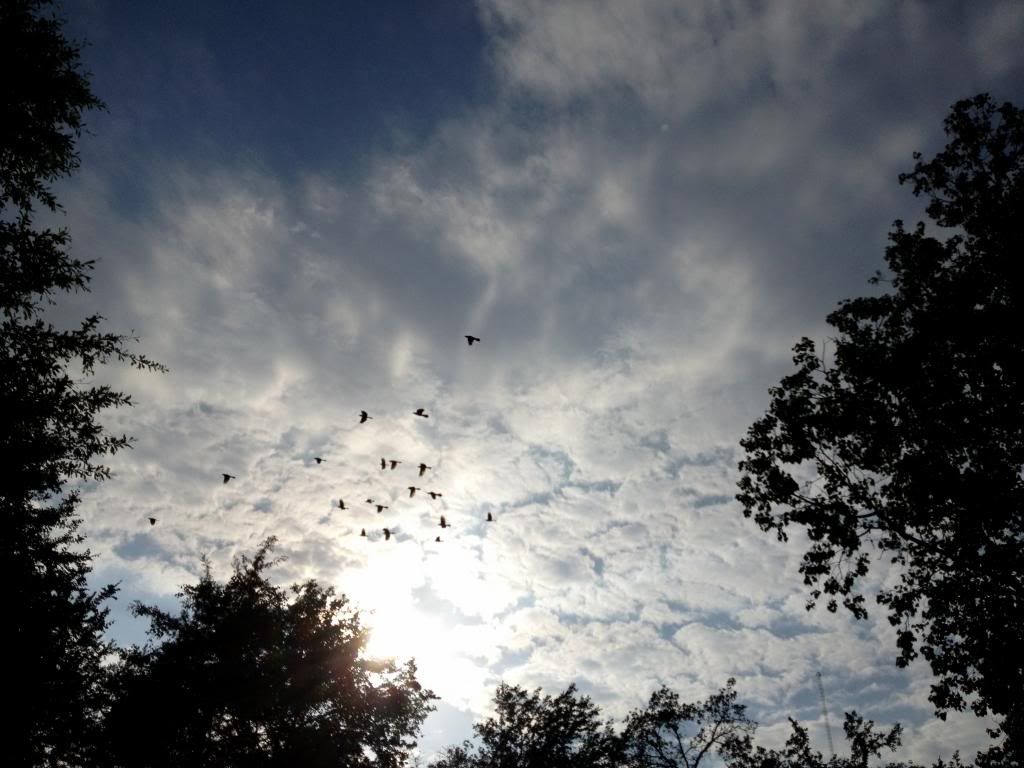
Because my family and I live in different states, others have generously extended their Pesach tables to me over the years. In this way, I’ve gotten the chance to see lots of Seder styles. Some have been fun and fast, others dry and boring. But I can attest that meaningful Seders take the afikomen.
Elevating Ideas:
Set an Intention. At the start of the night, focus everyone on the purpose of the Seder.
Though a reminder of the past, the Seder also serves as a spiritual tool to plug us into the very same power the Israelites used to escape slavery. That mega-wattage can be accessed through the Seder, so that we can break free from our own modern-day limitations.
At some tables, everyone takes a turn sharing their focus, revealing their “pharaoh” per se, that they intend to leave behind.
Different Haggadot. Rather than have everyone use the same Haggadah, collect different ones so no two people have the same one. There are so many cool choices out there: illustrated Haggadot, kabbalistic Haggadot, children’s Haggadot, Sephardi Haggadot, Ashkenazi Haggadot, Haggadot from different synagogues, schools and rabbis! Let each person choose the one they fancy.
The main text of each Haggadah will be relatively the same, allowing round robin reading to continue. But, the footnotes, stories and tidbits will be different. Encourage each participant to share ideas s/he finds interesting. Because no two people share the same Haggadah, this is an easy way for everyone, even newbies, to contribute something unique to the Seder.
Lice, tzfardeah, action! Act out the story. Interactive, kid friendly and memorable, performing a mini-play helps everyone embody and internalize the story.
One family I know assigns roles to each person at the table. Of course, the Dad plays the pharaoh and the kids argue over (but decide in advance) who will play the heroes, Moses and Aaron. They throw on some costumes and bring the story to life through their practiced scene.
Plagues and corresponding props are assigned to everyone else at the table so that when we reach “tzfardeah!”(frogs/crocodiles) a bunch of mini-jelly frogs go flying into the air.
Gamify your Horseradish. Buy the horseradish root fresh. Cut it just before the Seder and make ‘em weep. Eating truly bitter horseradish serves an important purpose (beyond cleaning your sinuses).
Rather than swallowing as fast as possible to get it over with, try chewing and chewing the fresh stuff until the bitterness becomes sweet. Challenge yourself to stick it out. It will happen. It will. But not before smoke comes out of your ears, your neck turns bright red, and tears stream down your face! That’s ok. That’s part of it. No one said converting bitter to sweet was easy.
Bring it home. Have something specific in mind and convert your personal bitterness to sweetness. Sweat it out.
(A word to the wise: Have tissues on hand. Noses may run amuck.)
Make an Entrance: Open the door for Eliyahu, open the door to miracles. The ideal moment for prayers arrives along with Eliyahu HaNavi (Elijah the prophet). At this point in the Seder, Hashem is all ears. The gates are open to your biggest dreams! So, put it out there.
One family I know has a beautiful tradition. Each person takes a tea light and kindles it from the holiday candles. They go to the front door together and welcome Eliyahu inside with verbal greetings, “Bruchim HaBaim! Welcome!”
Then, they step outside with their tea lights and take a private moment to themselves to focus on their intention. Everyone shuts their eyes, meditates, silently talks to Hashem, and dreams under the stars. After taking this time, everyone comes back in, leaving the tea lights outside.
Packed with kavanah (intention), those 10 minutes or so add a lot.
Get into the Hebrew. Look, let’s be frank—English translations don’t cut it.
I assume I’m not the only one for whom the term “Passover” conjures up images of that creepy green “Angel of Death” smoke from The 10 Commandments that passed over the Jewish homes, sparing their first born sons. (That smoke terrified me so much as a kid that I would crawl into bed with my brother at night. Not to save him, let’s be clear. I’m the first born, you see, and…I guess I figured the Angel of Death was hip to the women’s lib movement.) How did Pesach become creepy-green-smoke-evoking Passover?
Tsk. Tsk. A poor translation.
Pesach literally means “a talking mouth.” (peh=”mouth,” sach=”is talking”) Right away, the Hebrew reflects the mitzvah of Passover which is to read the Haggadah and communicate the story ourselves.
Curiously, the word Haggadah comes from the Hebrew root higgid, which means “to tell.” We use the Haggadah to tell the story during the seder.
Seder translates to “order.”
Aha! The Hebrew itself shows us that on Pesach, we use our mouths to tell the story with the Haggadah and in so doing, we create Seder, order.
Order from what, you ask? Well, Egypt in Hebrew is Mitzrayim, which means “narrow straights, limitation.” (mi = from,” tzar= narrow/tight) There’s the answer: the Seder restores balance, order and freedom from dire straights and limitation.
Hebrew words hold secrets. Just by looking at a few key words, the holiday’s core essence begins to emerge.
Whether trying these traditions or creating your own, the only thing we should pass over during Passover are our limitations. A spiritual Seder can part the sea.
Share This Post
Follow Me
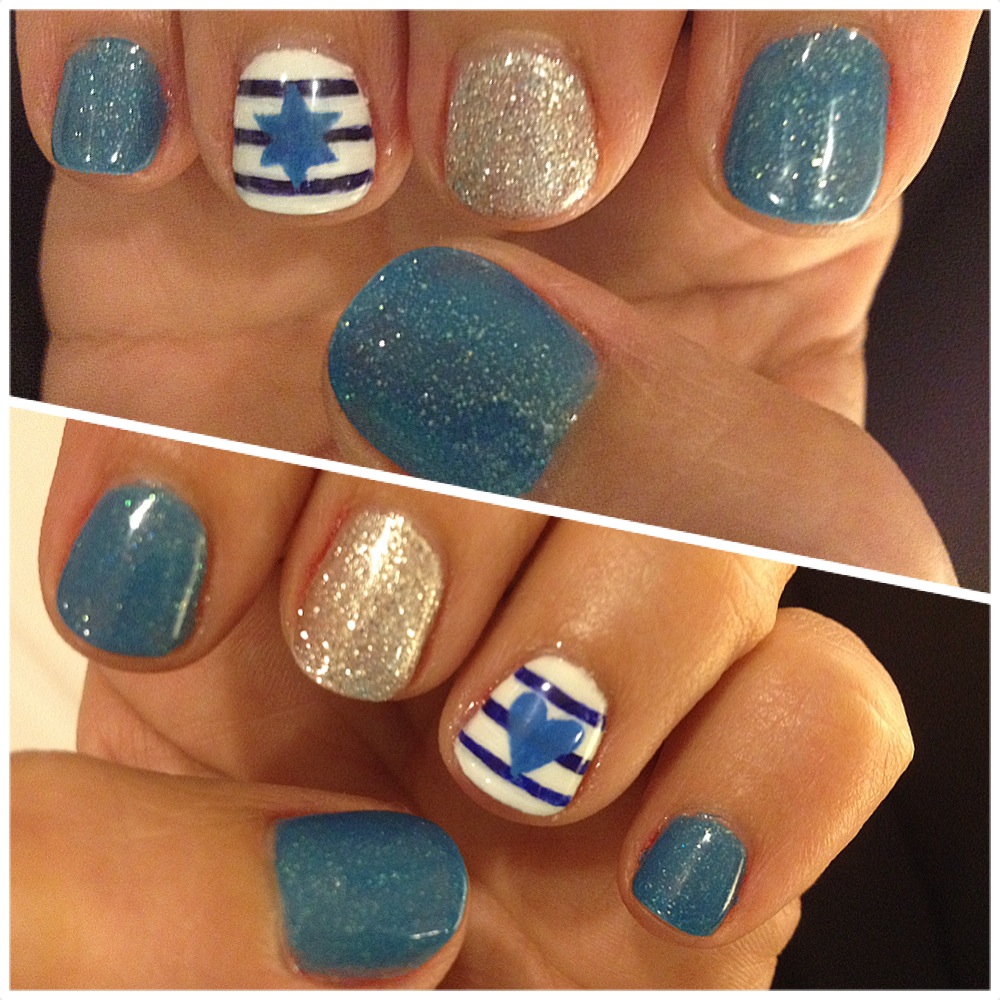 So given my upcoming trip to Israel, I wanted to indulge my latest curiosity. I’m not the first to try this theme. For my take, I tried not to be too literal.
So given my upcoming trip to Israel, I wanted to indulge my latest curiosity. I’m not the first to try this theme. For my take, I tried not to be too literal.
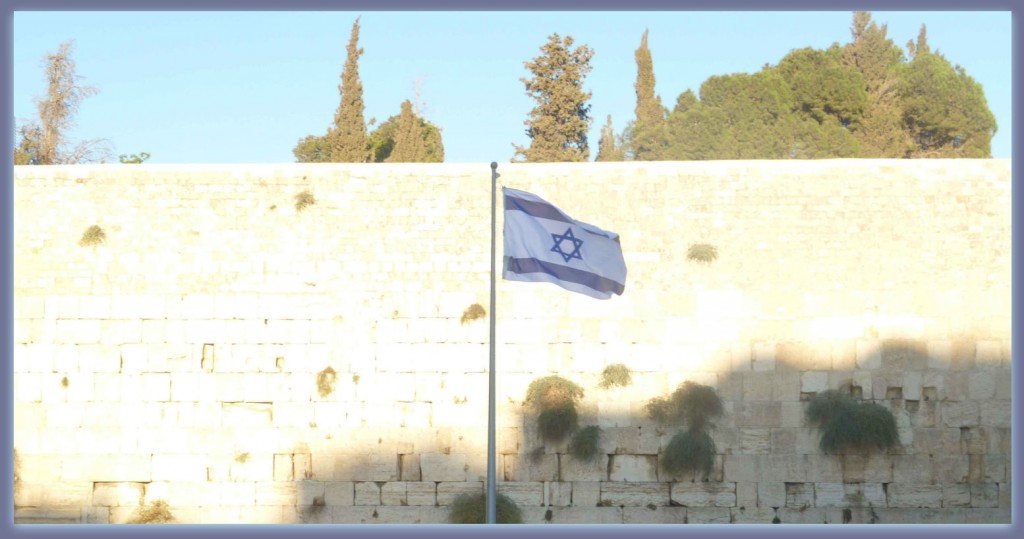
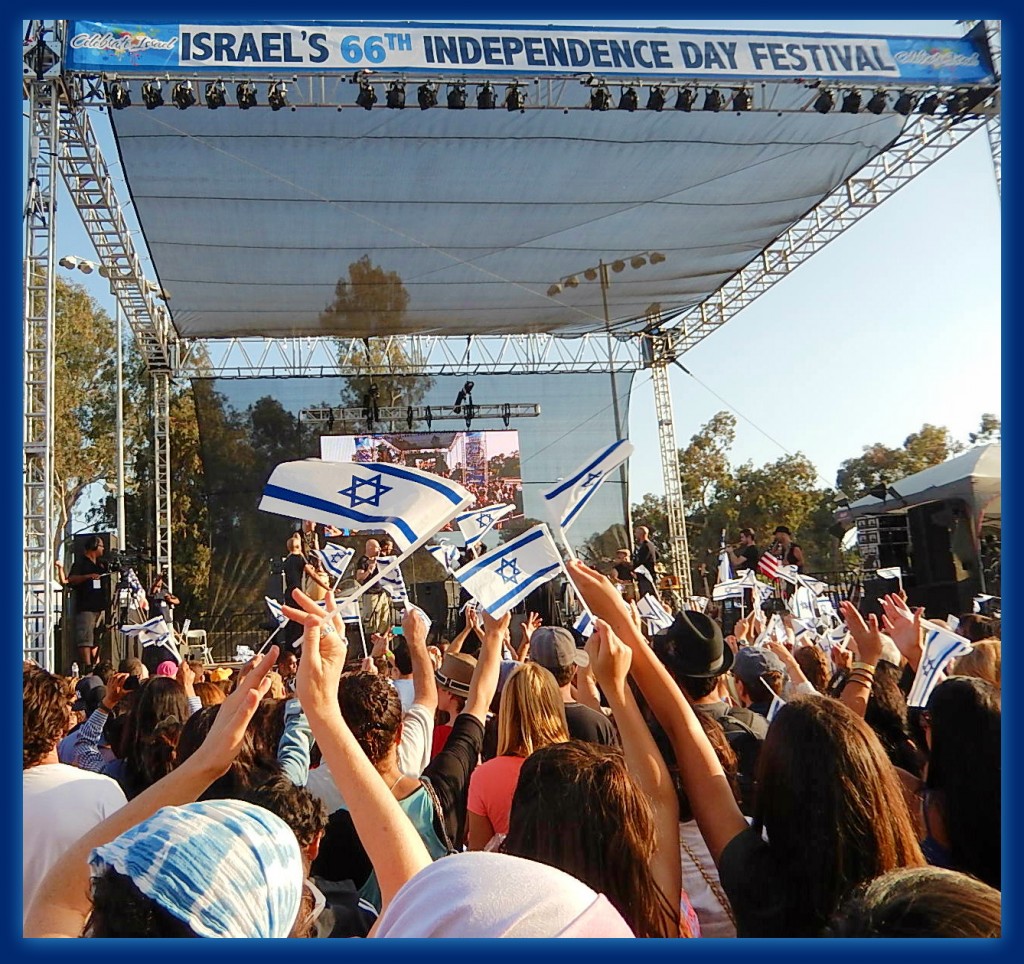

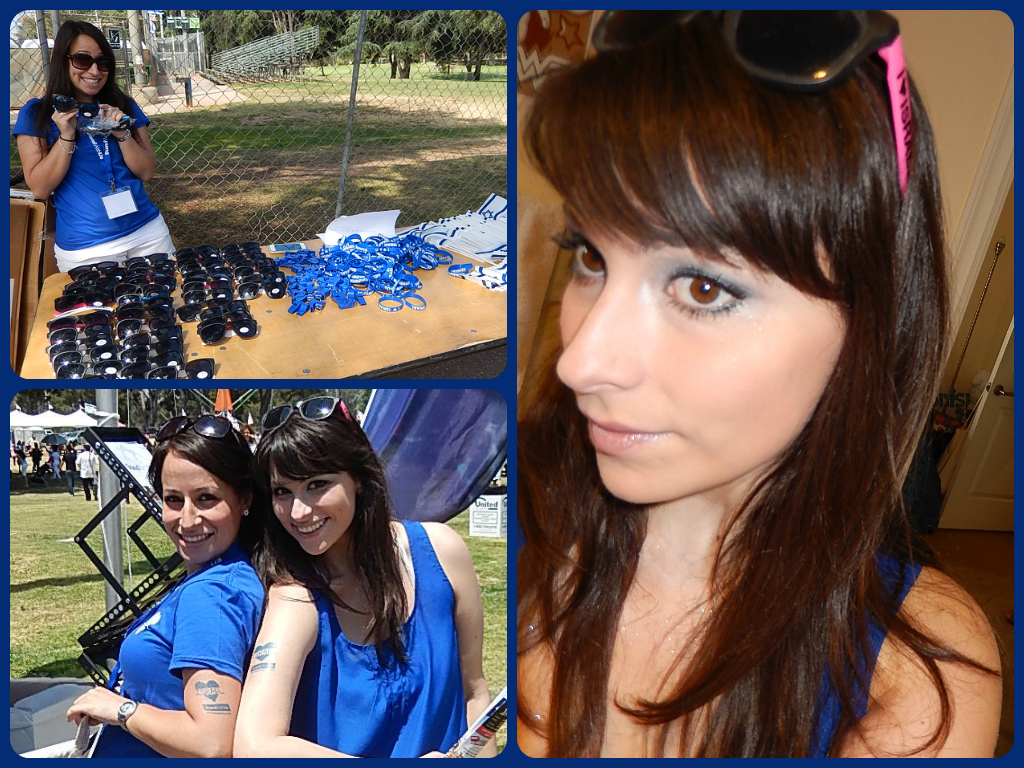
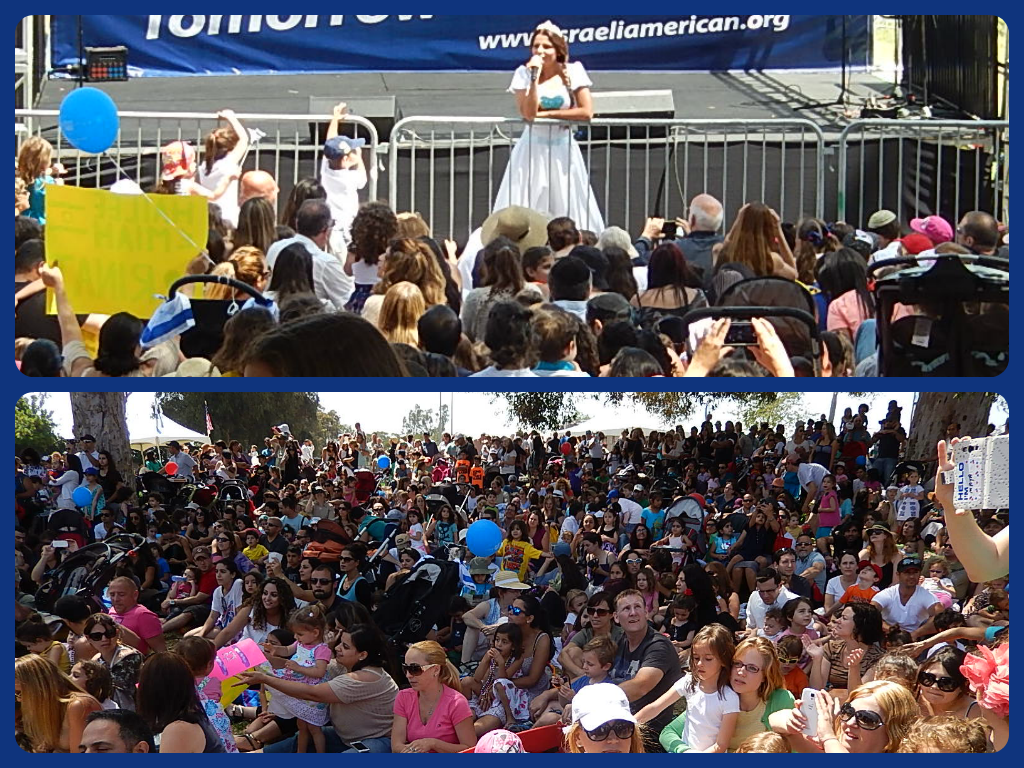
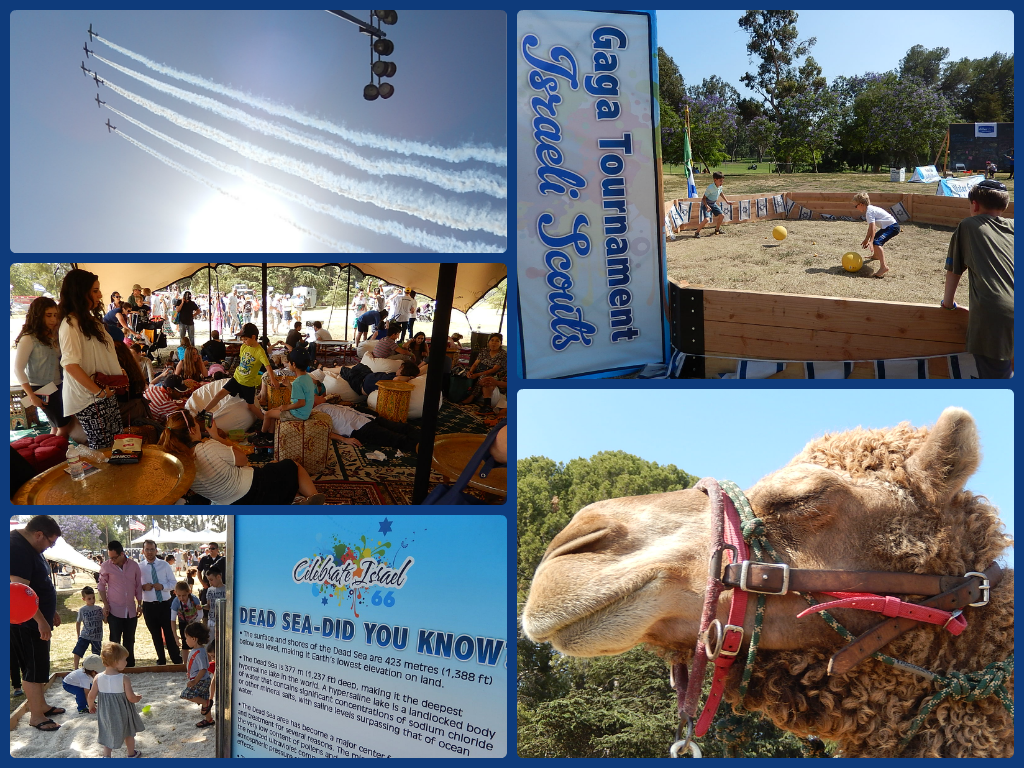
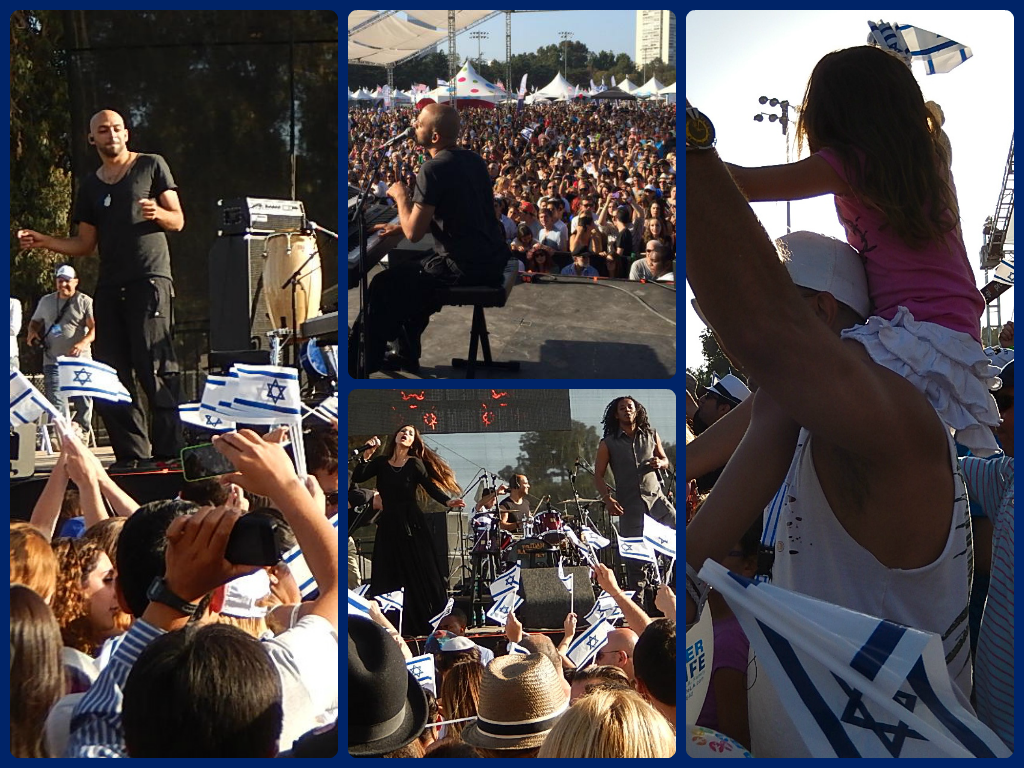
 As a garnish, I made Zionberries–white chocolate covered strawberries with Israeli flags drawn on top in sparkly blue icing.
As a garnish, I made Zionberries–white chocolate covered strawberries with Israeli flags drawn on top in sparkly blue icing.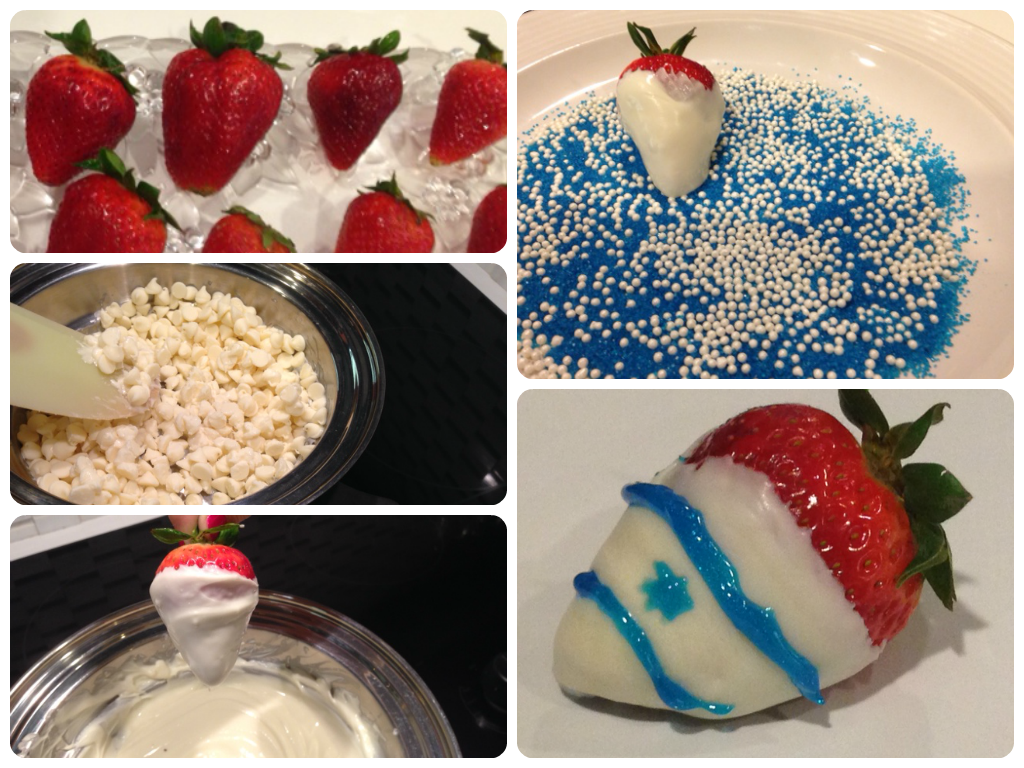 A row of blueberries at the base and blue-and-silver edible sprinkles completed the cake. Yom Huledet Sameach, Happy Birthday, Israel! You make us proud, and we’re so lucky to have you.
A row of blueberries at the base and blue-and-silver edible sprinkles completed the cake. Yom Huledet Sameach, Happy Birthday, Israel! You make us proud, and we’re so lucky to have you.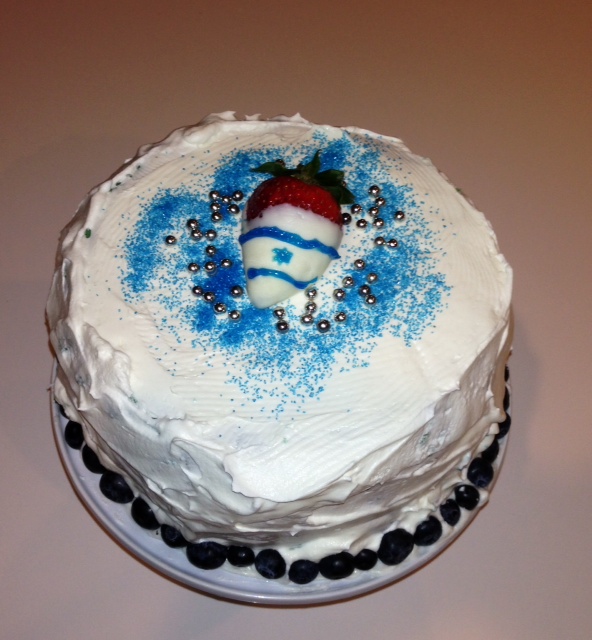
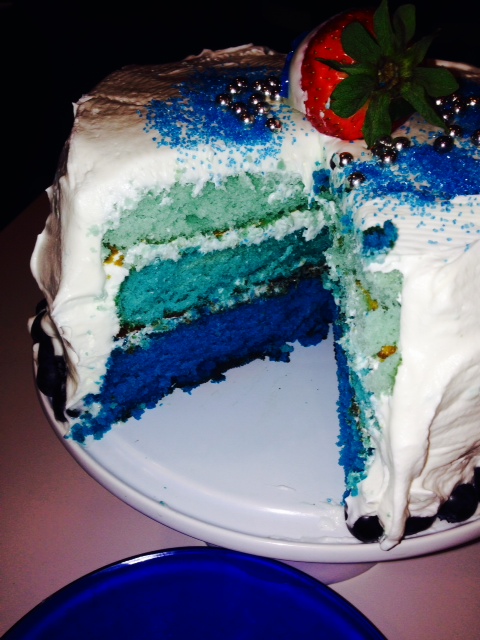 ♥ Dedicated to Magda Esther bat Shmuel, z”l who was an incredible cook, sweeter than this cake and a true Zionist.
♥ Dedicated to Magda Esther bat Shmuel, z”l who was an incredible cook, sweeter than this cake and a true Zionist.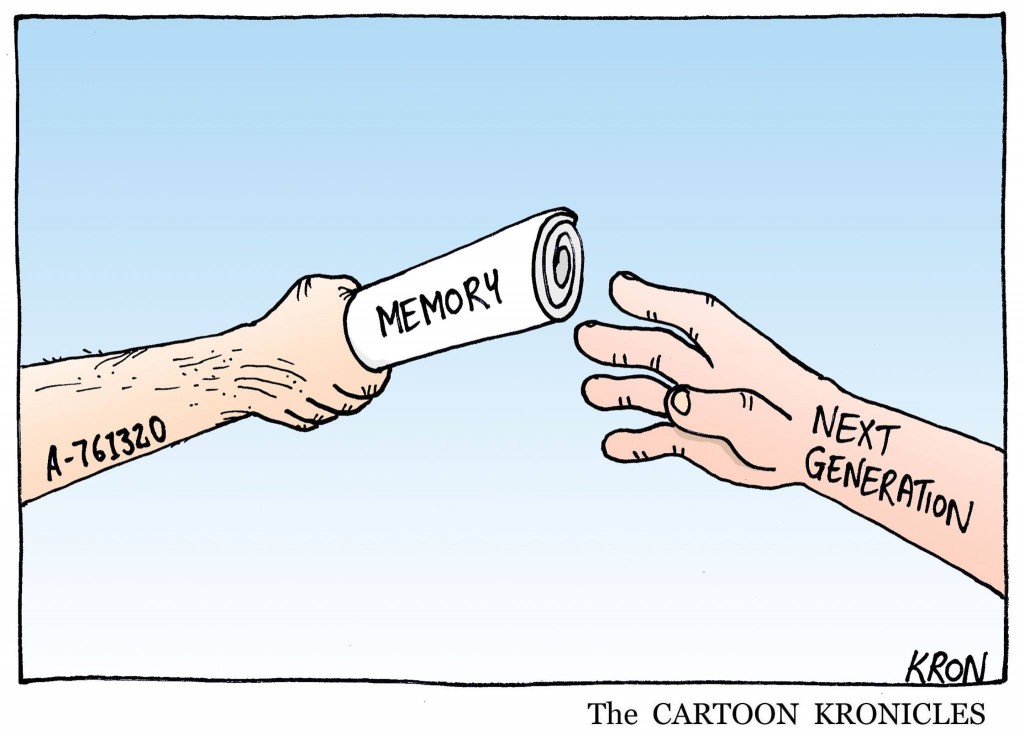

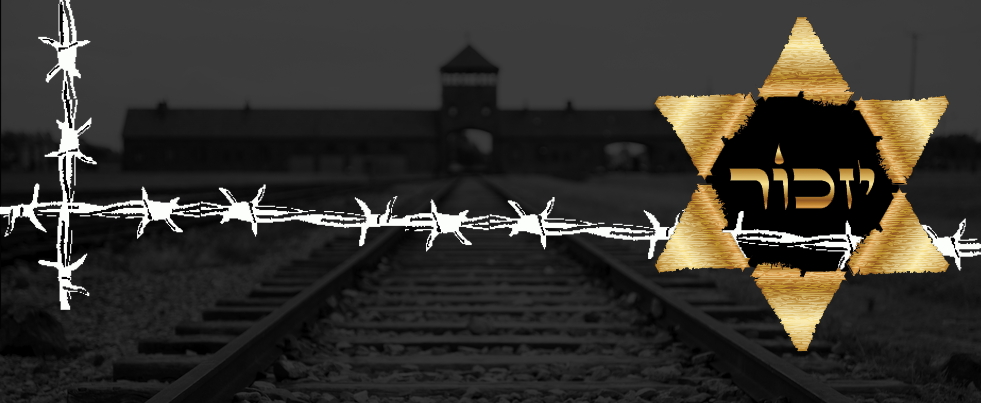

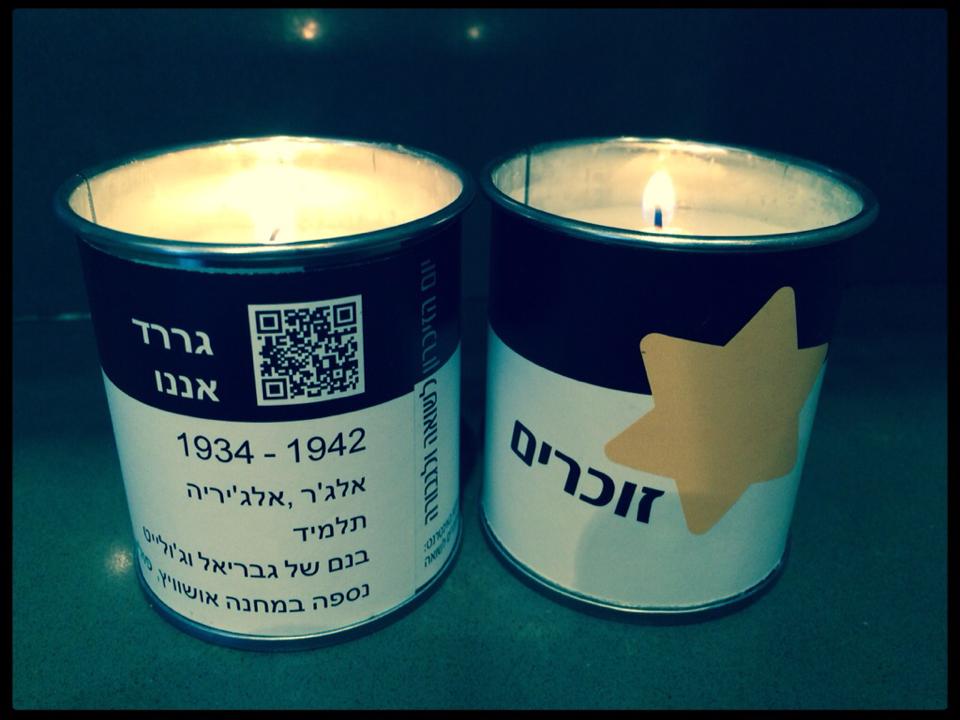

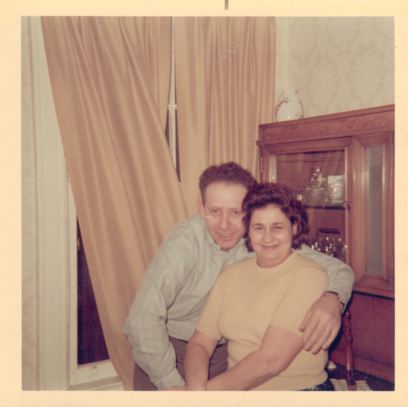
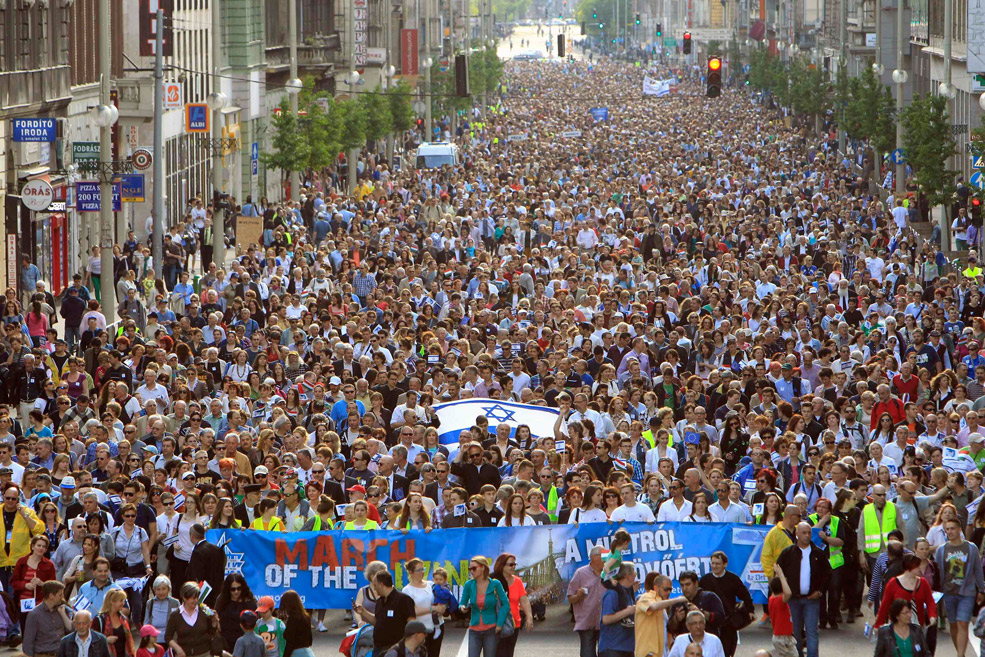
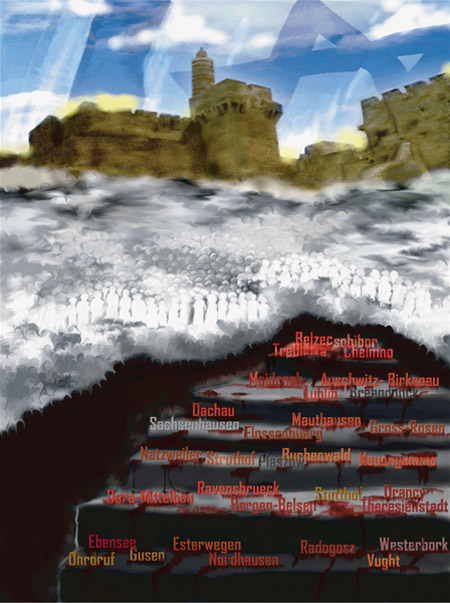
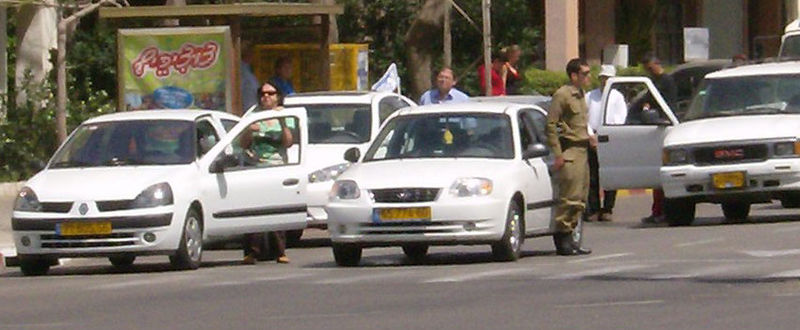 On both Yom HaShoah and Yom HaZikaron sirens blare across Israel. Everyone stops their car, stands at attention, and gives a moment of silence to honor and remember.
On both Yom HaShoah and Yom HaZikaron sirens blare across Israel. Everyone stops their car, stands at attention, and gives a moment of silence to honor and remember.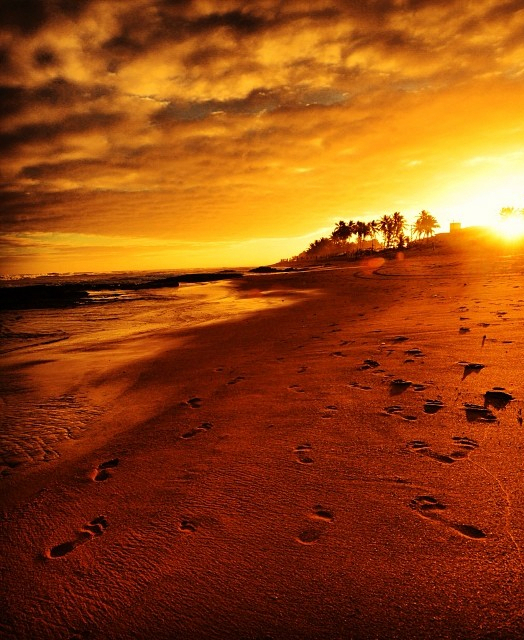
 No one ever taught me the “behind the scenes” story of Passover at my Sunday school. The main theme of the Pesach tale was always freedom from slavery—as in, escaping from Pharaoh. But as explained in last week’s post, “
No one ever taught me the “behind the scenes” story of Passover at my Sunday school. The main theme of the Pesach tale was always freedom from slavery—as in, escaping from Pharaoh. But as explained in last week’s post, “
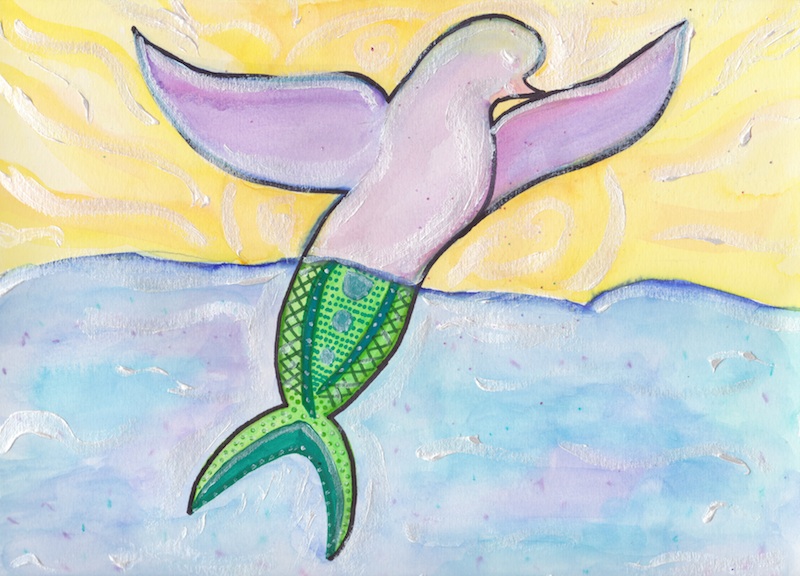
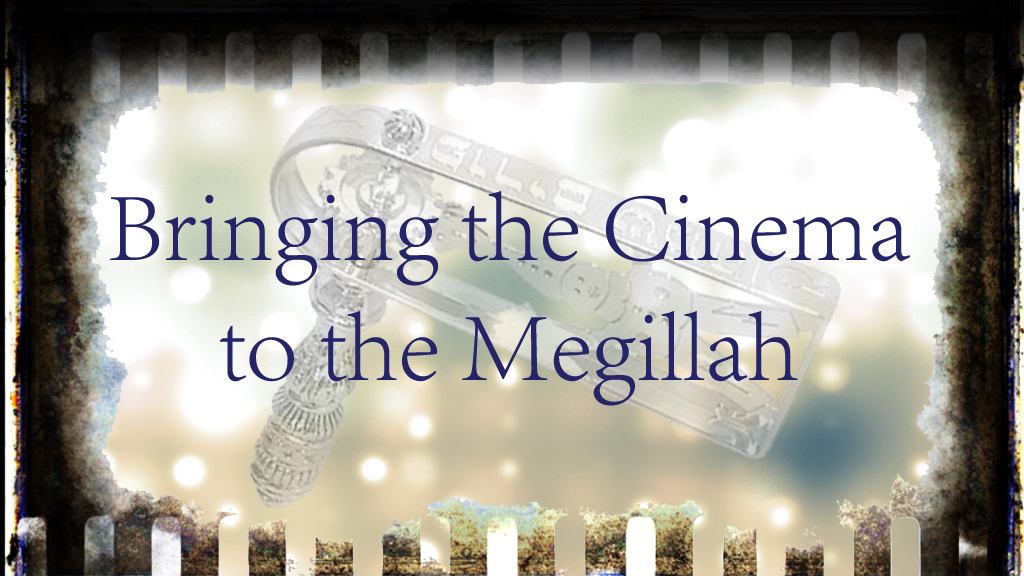
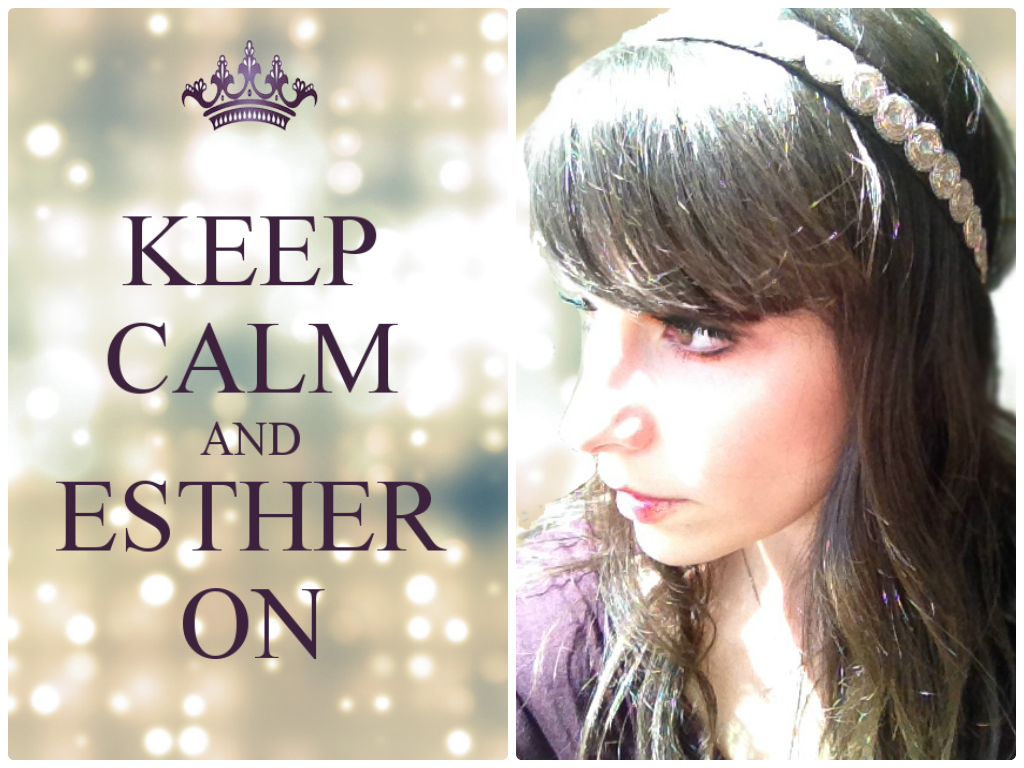 You rule. You know you do. But you don’t always feel that way. I get it—I’m talking to myself as I talk to you. Lucky for us, we’re in good company. Queen Esther herself didn’t feel like she ruled all of the time either.
You rule. You know you do. But you don’t always feel that way. I get it—I’m talking to myself as I talk to you. Lucky for us, we’re in good company. Queen Esther herself didn’t feel like she ruled all of the time either.